Testing with milliAmpere
Last week Ocean Autonomy Cluster (OAC) was invited to come out to Ravnkloa to see milliAmpere and...
Andrea is originally from Canada and has been living in Norway for almost 8 years. She has completed a master's and a Ph.D. in Marine Chemistry and Toxicology at NTNU, finishing her Ph.D. in January 2024.
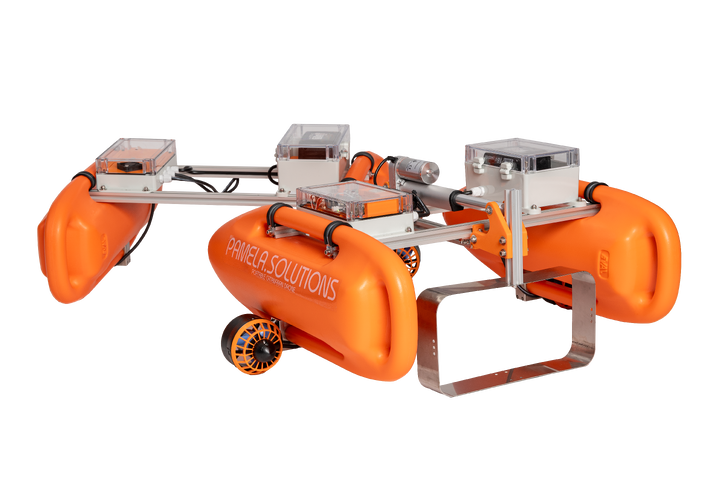 The lightweight, portable drone "Pamela"
The lightweight, portable drone "Pamela"
Over the past two years, she has collaborated with Artur Zolich, who at the time was a postdoc in cybernetics at NTNU, and together they developed a lightweight, portable drone for sampling microplastics (this was the topic of her doctoral thesis). This was the starting point for the solution they offer today.
"The goal of the platform is to enhance environmental monitoring capacity while lowering the threshold for data collection," Andrea says. This makes it cheaper and easier to collect more data of higher quality, enabling better interpretation of the environmental condition.
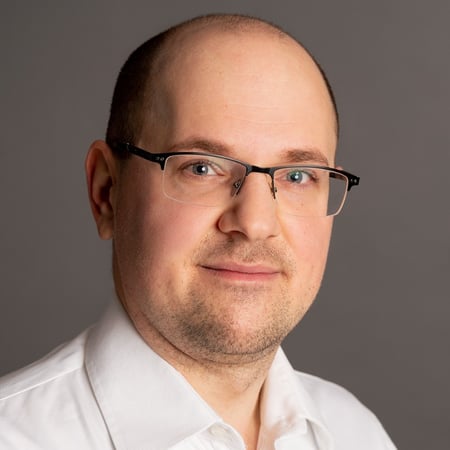 Artur Zolich co-founder of F & Z Solutions
Artur Zolich co-founder of F & Z Solutions
The drone named "Pamela" can be used by researchers, public monitoring programs, and the industry to map pollution and optimize production. What makes them unique is that they focus on the environment, creating a product that can be used without experience or expertise in robotics. As Artur says, they are a drone company for people who don't care about drones. What makes them interesting is how they can solve mapping and monitoring problems in a simple and cost-effective way.
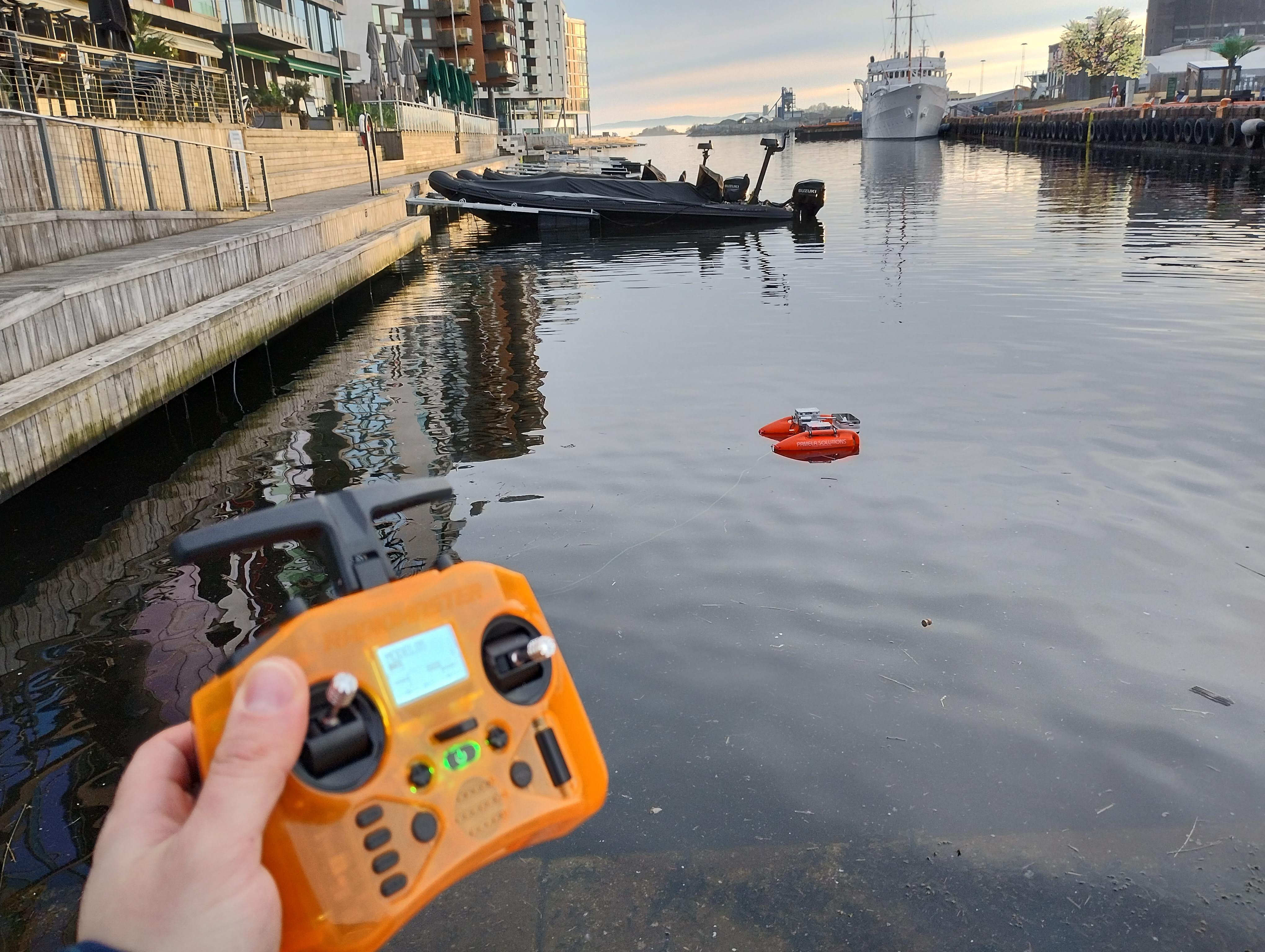 Pamela at work. Routine tests in Aker Brygge,Oslo. Photo: Artur Zolich
Pamela at work. Routine tests in Aker Brygge,Oslo. Photo: Artur Zolich
"We are a new start-up that was founded in early 2024, and we joined OAC to build a network within marine technology. We are one of many drone companies originating from NTNU, and we hope that we can learn from others' experiences. We look forward to collaborating with other companies in OAC, especially on an international scale. We are in the early stages of our startup, and thus, we are also interested in the incubator that OAC offers", Andrea says. "With my background in biology, I am particularly interested in learning more about the marine tech environment, while also contributing my perspective as an environmental researcher."
"We are really glad to have Pamela on board as a new member," Says Frode Halvorsen, manager for Ocean Autonomy Cluster. "This is evidence of the flourishing ocean tech community in Trondheim and technology that has found a real-world problem. We are looking forward to introducing Pamela to the rest of the members, and we will do what we can to support their growth"
.jpg?width=6000&height=4000&name=Nyhavna%20160224%20Foto%20Lars%20Bugge%20Aarset%20FI%20(1).jpg) Frode Halvorsen, Ocean Autonomy Cluster. Photo: Lars Bugge Aarset/Future Innovations
Frode Halvorsen, Ocean Autonomy Cluster. Photo: Lars Bugge Aarset/Future Innovations
Like most good ideas, "Pamela" was actually a makeshift solution. Artur had asked to have some simple plastic shapes made for buoyancy, but the person supposed to do the job never delivered the product and did not respond to emails. So Artur had to find components for the job that could be bought and used immediately, and then he found the buoys.
"Artur is originally from Poland, and in Poland, these buoys are called "Pamela", after the Baywatch series, of course. It became a natural nickname, and we find that the name helps to make the USV a bit more approachable - it emerges more as a fun tool than a scary machine, which we consider very positive since we aim to introduce USVs to people without a technical background. It was just lucky that the buoys worked great in the end, and it doesn't hurt that the cost is low", Andrea says.
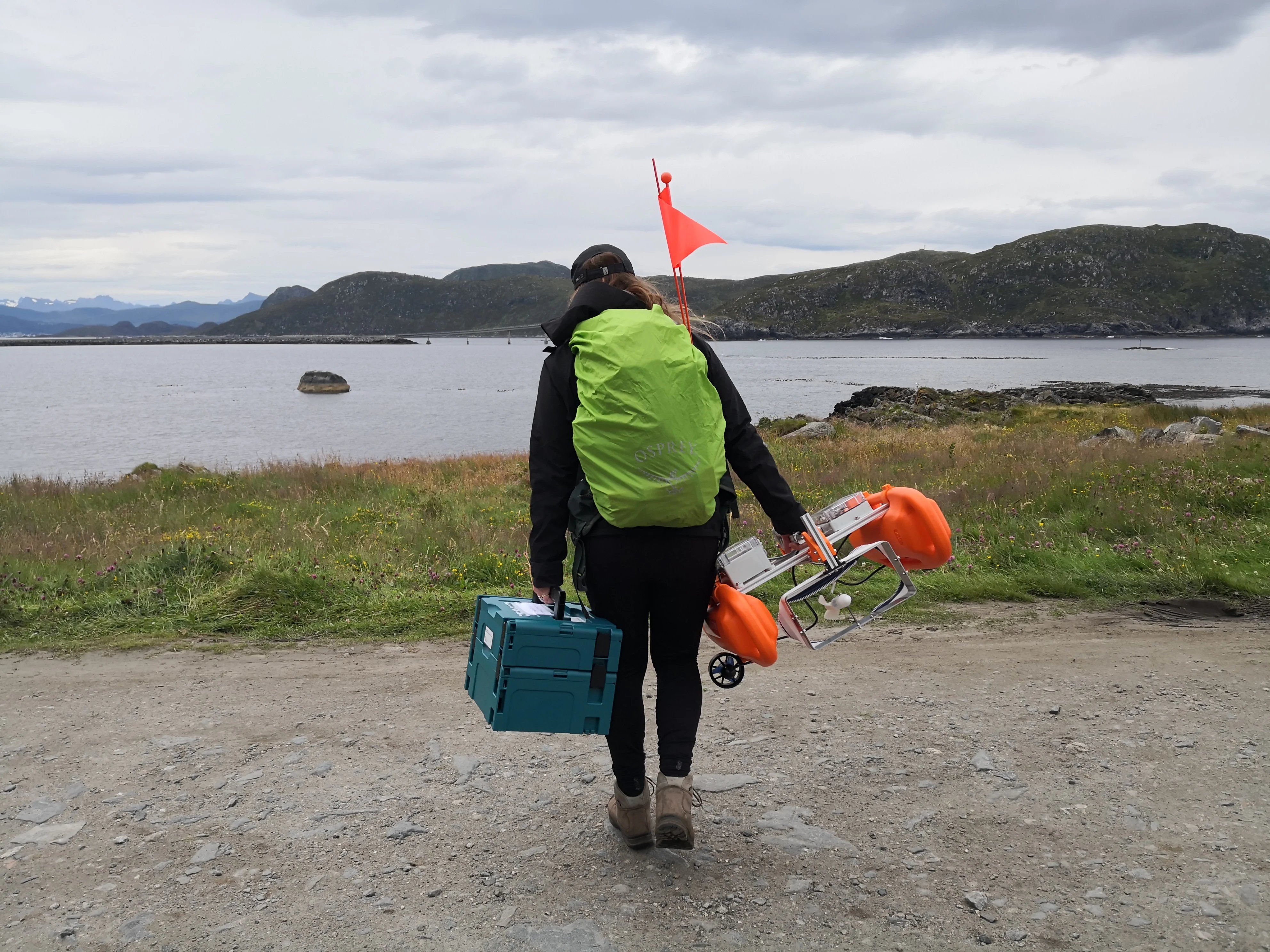
Pamela used in fieldwork by Masters student Catherine Deschenes in Runde, Norway. Photo: Andrea Faltynkova.
Contact: Andrea Faltynkova
andfalty@gmail.com
pamela.solutions
F & Z Solutions on LinkedIn
Andrea Faltynkova on LinkedIn
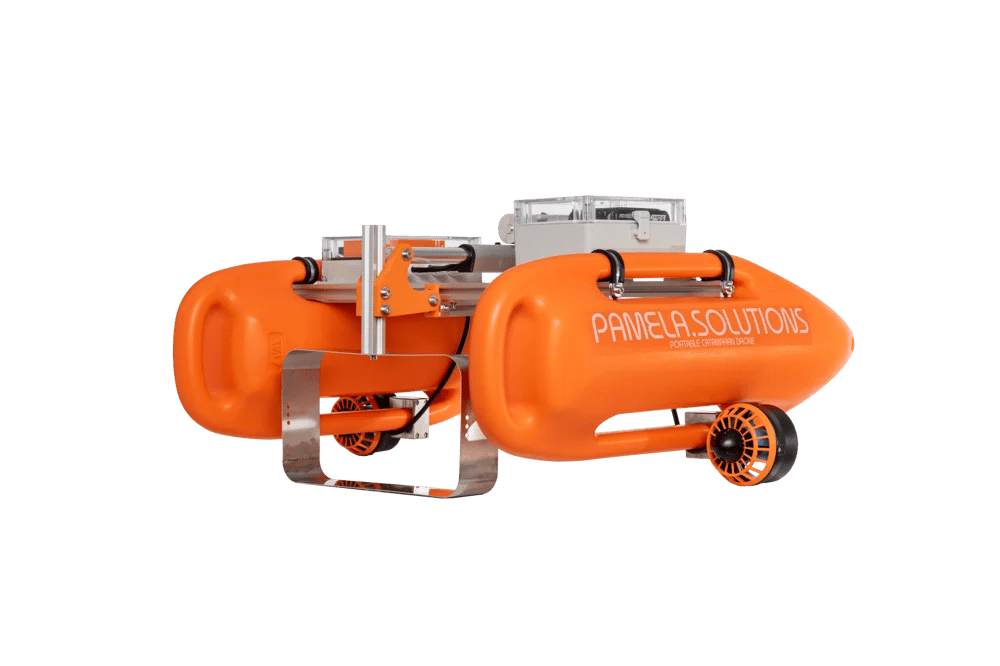
Last week Ocean Autonomy Cluster (OAC) was invited to come out to Ravnkloa to see milliAmpere and...
A new partnership between the Centre...